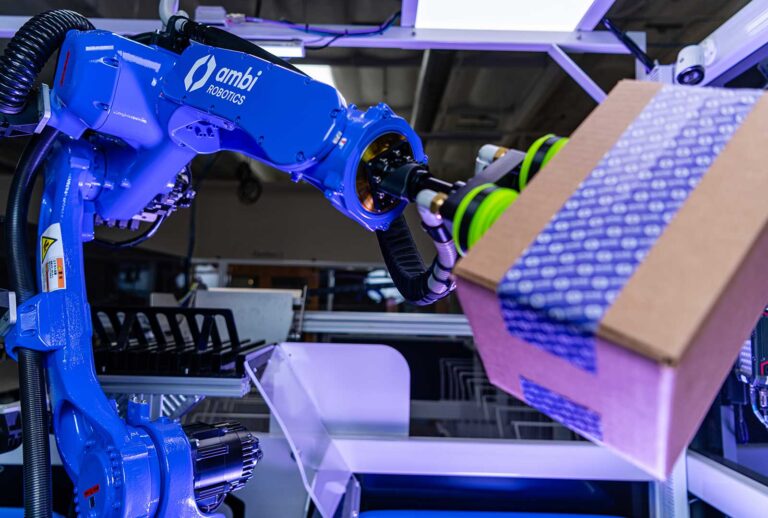Trust The Autonomy
Hayk Martiros, VP of Autonomy, Skydio joined Grayson Brulte on The Road to Autonomy podcast to discuss developing a vision-based autonomous drone complete with obstacle avoidance and why this system enables pilots to trust the autonomy.
The conversation begins with Hayk discussing what makes Skydio different from other drone companies.
The whole premise of Skydio is to build a vision-based autonomous drone. A drone that uses cameras to see and understand the world around it, and then navigate in that world so that the user does not have to be an expert pilot. They do not have to worry about avoiding objects or knowing exactly how to have your fingers on the sticks ready to go, but rather you are just interacting with this robot that you feel that you can trust.
– Hayk Martiros
Skydio drones operate a vision-based autonomous system with cameras instead of radar and LiDAR because cameras are the only way to make an autonomous drone that just works. Cameras also enable the drone to have a longer battery life as they are lighter and less power intensive when compared to radar and LiDAR.
Designing everything, form and function together to absolutely optimize for weight is kind of everything with a flying machine.
– Hayk Martiros
While the drones are designed for weight, the vision-based autonomous system has an obstacle avoidance system that operates smoothly while in-flight. The system develops trust with the pilot and enables them to fly without having to worry about the drone crashing into a visible object.
We invested a huge amount of effort into this. We were the first company and team to use deep learning for robot obstacle avoidance in a real product.
– Hayk Martiros
Autonomy combined with an obstacle avoidance system is one of the key ways that trust with drones will be developed in the future. This will lead to trust being built with regulators such as the FAA when companies request permission to fly beyond the visual line of sight. Skydio customer Dominion Energy was recently granted FAA approval to fly beyond the line of sight in seven U.S. States to inspect power generation facilities.
Our approach has been let’s try to prove our case and prove the trust worthiness of our autonomy through data and work with the FAA to make progress.
– Hayk Martiros
When flying beyond the line of sight, Skydio has a return to home feature where the drone will autonomously fly back to the launch point or a pre-specified point if the battery runs low or connectivity is lost for example. The drone autonomously makes this decision based on data from the on-board health monitoring system.
Autonomy combined with the ease of use makes Skydio special.
– Hayk Martiros
Evolving from a software company to a vertically integrated hardware and software company has allowed Skydio to design an autonomous drone that just works. The autonomy system was first developed in 2014 when the company was focused solely on software. Since then the technology has continuously advanced as more and more edge cases are added into the autonomy stack leading to the system becoming more robust and more autonomous.
Wrapping up the conversation, Hayk shares his thoughts on the future of autonomous drones.
Follow The Road to Autonomy on Apple Podcasts
Recorded on Tuesday, August 16, 2022




